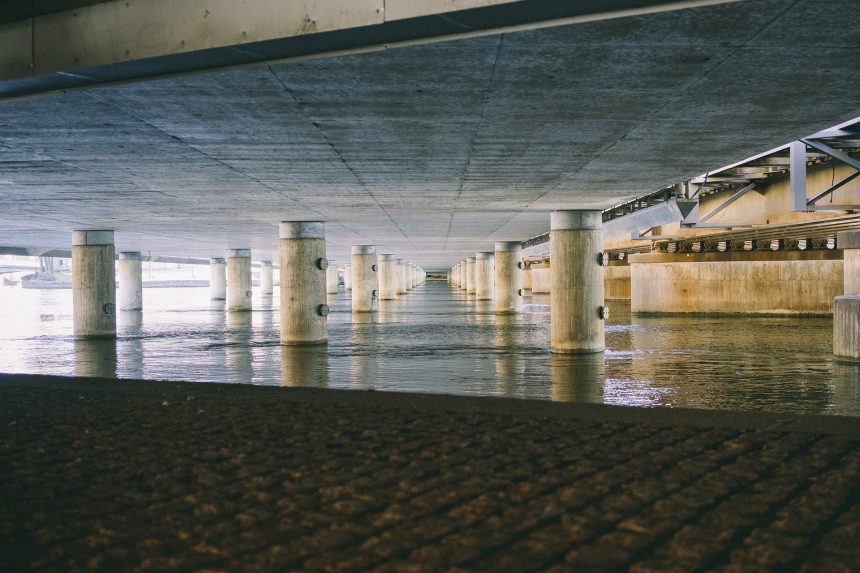Today’s global infrastructure investment, estimated to be $2.5 trillion per year, falls short of the $3.3 trillion annual investment needed to keep pace with expected growth, not to mention renewal of existing aging infrastructure.
With funding flat or declining, new ways of increasing productivity by streamlining project delivery are needed, according to a 2016 report from McKinsey & Company, “Bridging Global Infrastructure Gaps.” The report also states that improving project selection and maximizing existing assets could result in cost savings as high as 40%, which would help close the gap.
But just how can streamlining project delivery lead to increased productivity—particularly in the case of complex water and wastewater projects?
An important part of the answer lies in the delivery system itself. Traditionally, infrastructure projects are delivered using a design-bid-build model. In this model, design and construction are procured and managed separately, and there is no input into the planning and design from the contractors, subcontractors, or equipment suppliers who will be building the project. And because there isn’t a single point of responsibility for the overall project delivery, it can result in delays, rework, and sometimes claims that prevent a project from being delivered on time and on budget while consuming valuable management design and construction resources.
The design-build construction model offers owners another option. This form of collaborative project delivery brings efficiency to the cycle by consolidating responsibility for both design and construction to a single point. This process brings the owner, designer, and builder to the table early in the design and planning process, allowing the project to benefit from the experience and skill sets of the entire team. And because construction can begin early, cost escalation risk is reduced and delivery cycles are shortened.
This collaborative delivery method also chooses team members based on overall value and greatest return, unlike its design-bid-build counterpart that focuses on low cost. Using design-build for water infrastructure allows consideration of critical factors such as qualifications, quality of work, experience, and past performance. The full integration of the owner, designer, and builder puts the project on course to deliver the right balance of quality, cost, and schedule.
Having a highly qualified, skilled, and experienced project team is particularly important for water projects, where the projects typically are built around an existing operating facility and must maintain regulatory compliance. A specialized and cohesive team that knows how to sequence and execute the work to keep a facility online and functioning during construction reduces risk, saves time and money, and improves project efficiency.
To address the growing infrastructure crisis, we need to embrace better ways to build and maintain our infrastructure assets for future generations. We also need to learn how to close the funding gap by becoming more efficient and productive in our project delivery approach. Design-build is a promising solution that can do just that.

